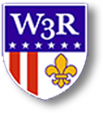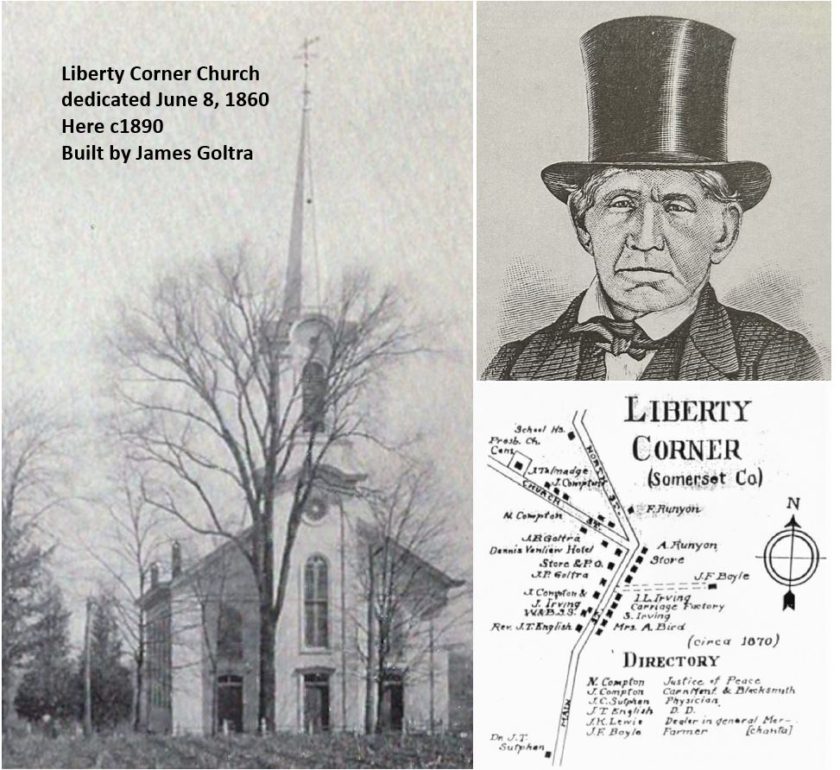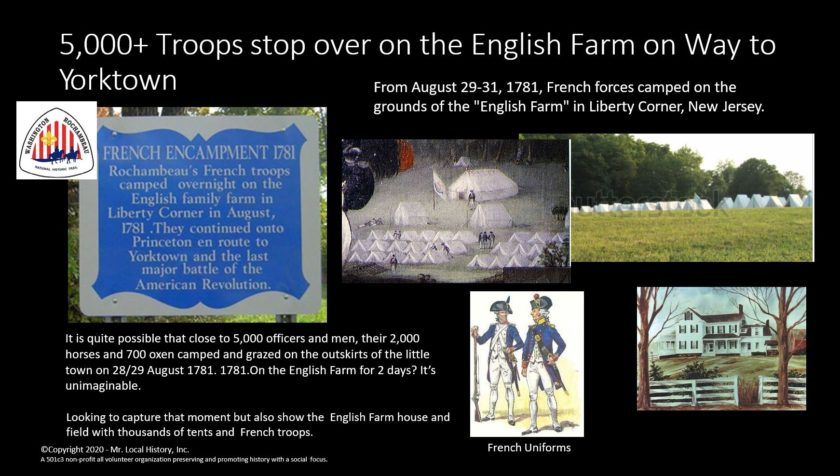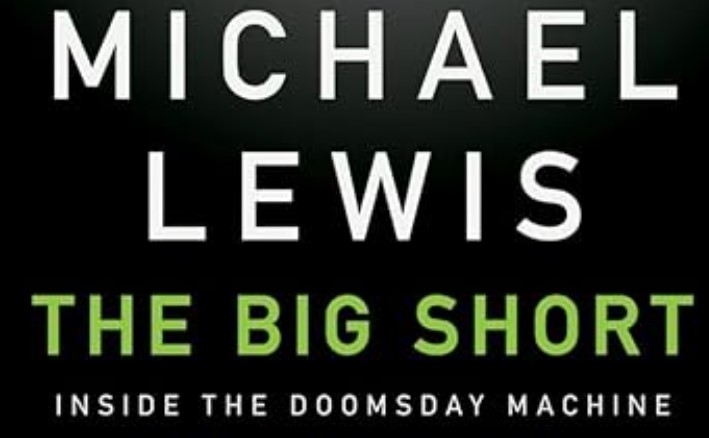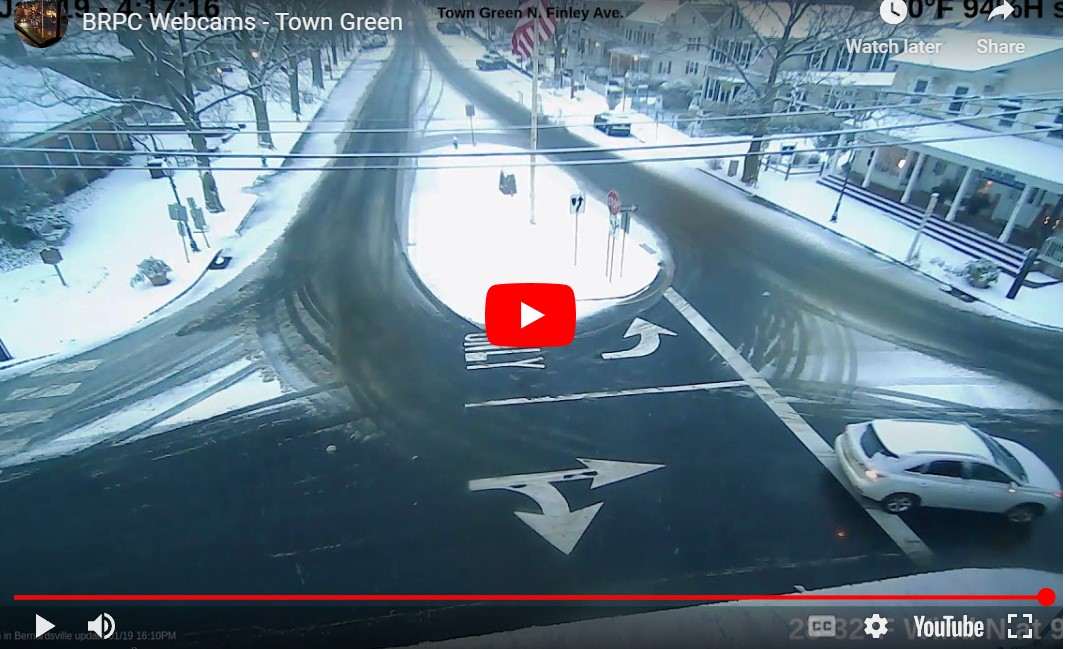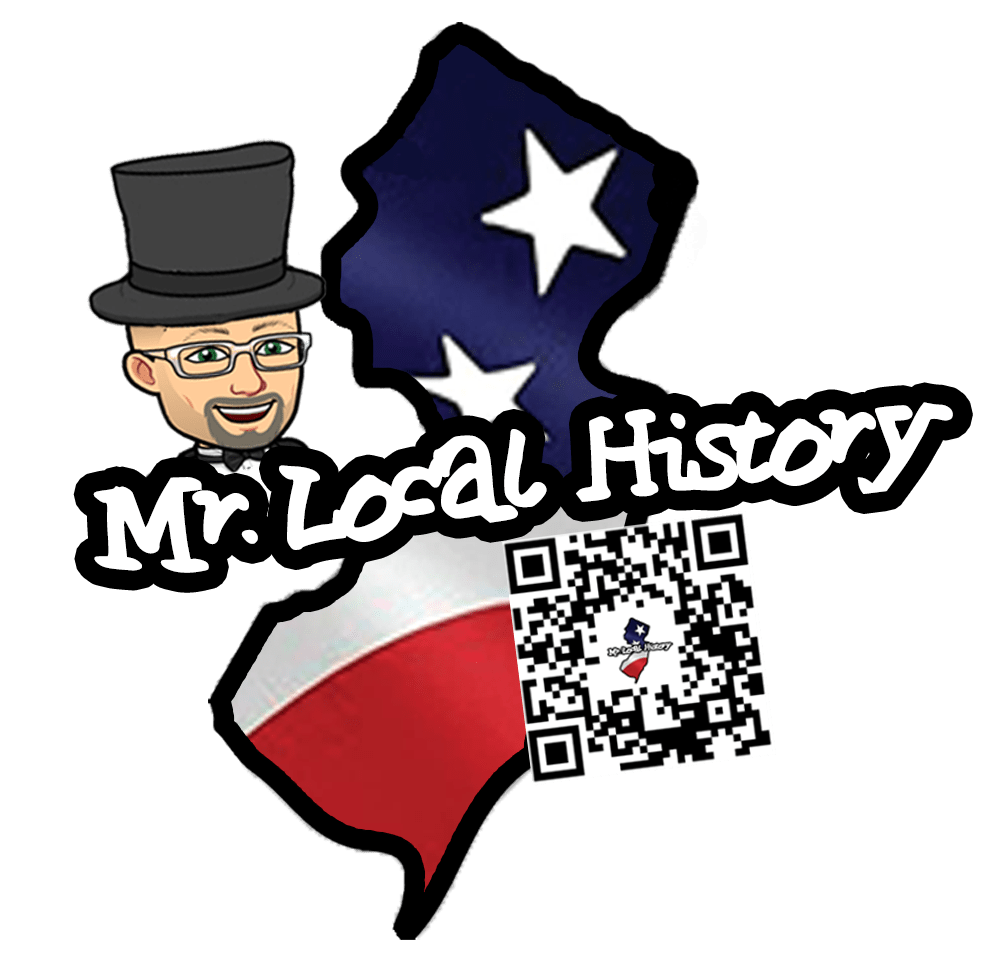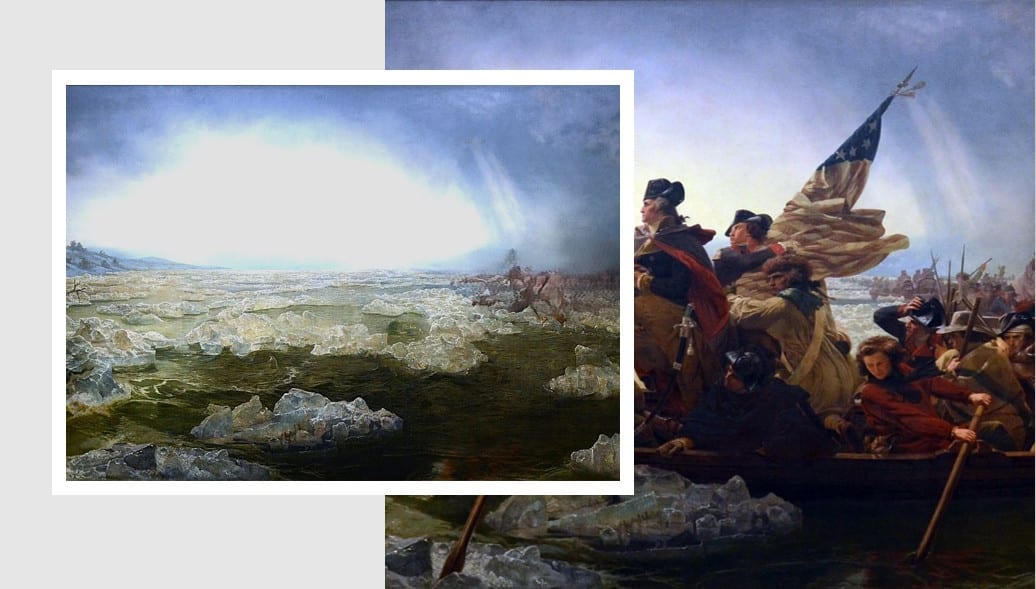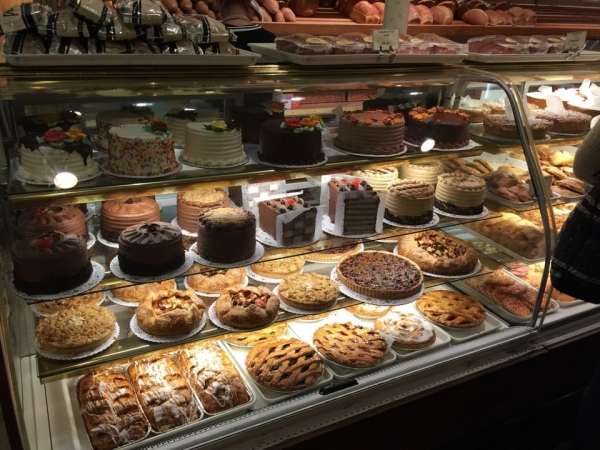
The Washington Rochambeau Revolutionary Route (W3R) Goes Right Through Liberty Corner as the site of the English Farm that hosted 5000+ Soldiers During the Famous 1781 March to Yorktown.
This march ended with defeating the British Army and General Cornwallis at the Battle of Yorktown, Virginia, on October 19, 1781.
The English Farm in the Liberty Corner section of Bernards Township, New Jersey, is a walk back in time. The farming techniques are new, featuring organic fruit, vegetables, and other natural products. Still, the farm remains largely unchanged since 1740, when French General Rochambeau and an estimated 5,000 French Army soldiers marched from Newport to Yorktown, stopping for a three-day summer visit at the English Farm in Liberty Corner, New Jersey, in August 1781.
As with all Mr. Local History retrospectives, we often update the post when we learn additional facts and are sent photos from our community. We will continue to expand this piece as information becomes available. If you have any stories to share, please post in the comments section at the bottom of the page.
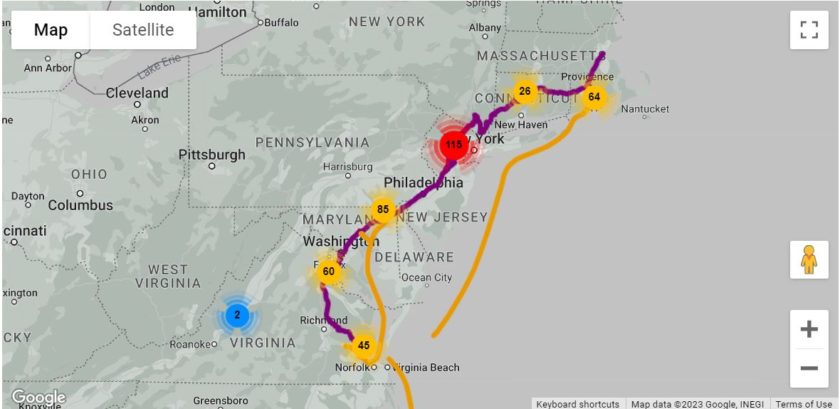
The English Family
Sometime before 1730, the English family arrived in Monmouth County and purchased a large tract of fertile land known as Englishtown. The borough was named for James English, an early settler. The earliest record of Englishtown is that James Johnston, an Englishman, owned property in the area in 1688.
1720 ā Scotland’s John Johnston (aka John Annan & Anninās Corner) settles a new village called “English-Town.”
After settling in Englishtown, the family also moved north and settled in Annin’s Corner, named after the Annin family. It was John Johnston who changed his name to Annan to hide from the old country. Annin’s Corner sometime around the American revolution became Liberty Corner.
John Johnston’s birth year, 1688, ļ¬gures prominently in Scottish history. It marked the end of the 50 Yearsā Rebellion, a bloody religious conļ¬ict. The rebels were the Covenanters, who were persecuted for challenging the Kingās belief that he, not God, was the spiritual head of the Scottish church. Rather than give his son John up to be killed by King Charles I, Johnās father, James Johnston, sent him and his family to America. John landed in the colonies in 1722 with his wife, Elizabeth Van Dorn, and three children, John Jr, William, and a daughter. The family was seeking religious freedom as they had married outside the church and did not want to be found in the New World, so they adopted an alias in the name of Annan. It later morphed into āAnninā and remained unchanged thereafter. Over time, the area became known as āAnninās Corner. Now you have the English, Johnston, Annan, and Annin connection to the area.
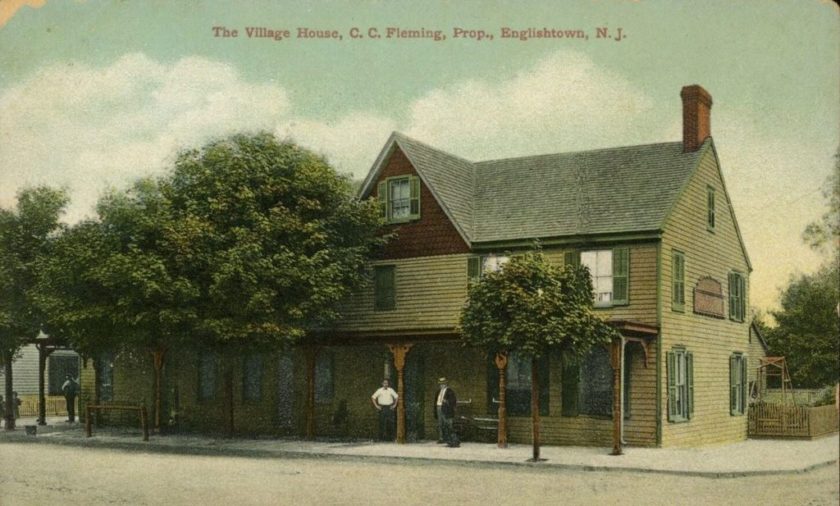
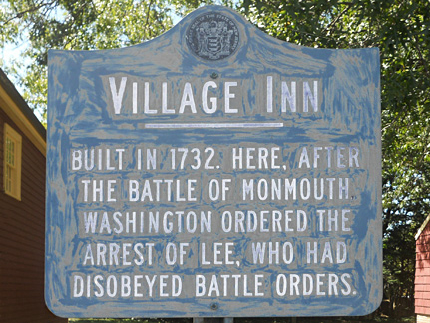
Englishtown, New Jersey, honors its oldest building, āThe Village Innā. Built as a tailor shop between 1728 and 1732, it was converted into a tavern in 1766 and remained in use through the 1960s. On June 28, 1778, after being released by the British after his capture in Basking Ridge, General Charles Lee commanded the attack and was stationed at the Village Inn at the Battle of Monmouth. It would be his last military event. He would later be court-martialed by General William Alexander (aka Lord Stirling), also of Basking Ridge, NJ.
First named Annan’s (or Annin’s) Corner, the English Farm’s village was settled in 1722 by John Johnston of Annandale (Annin), a Scottish immigrant who purchased a large tract of land from William Penn that comprises the present village center. The farm dates back to 1740 and the Castner family.
Caster and English Connection
The English family has deep roots in Liberty Corner, a small hamlet in Bernards Township, New Jersey, that go back to the village’s beginnings in the early 1700s. Nine generations of the English family have called Liberty Corner home.
The English farmhouse is built on a stone foundation across the street from Harrison Brook. The English farm’s excellent architectural integrity is enhanced by a 19th-century frame barn complex situated behind the house, which consists of a carriage shed, a carriage barn, a privy, two large two-story barns, a corn crib, two chicken coops, and a pig pen. The pastureland extending to the rear of the outbuildings further enhances the appearance and historical significance of the 80+-acre property, which has been continuously farmed for over 280 years.
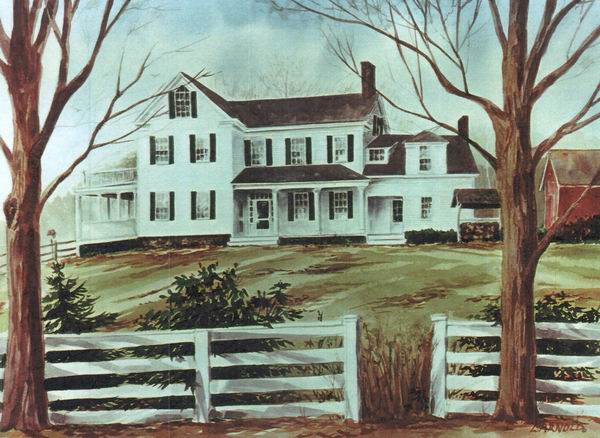
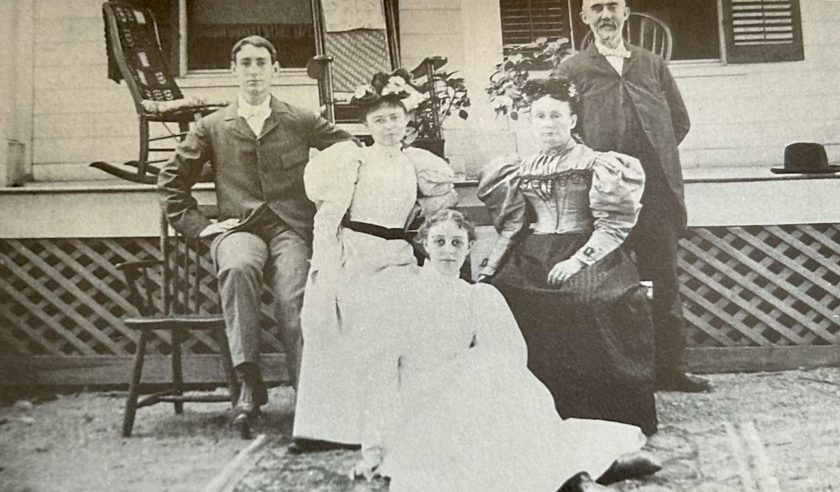
The farm was established around 1740 by an early German New Jersey family, the Castner (also spelled Kastner) family, when Peter Castner first settled in the area. According to the Somerset County Historical Quarterly Vol 6, another Annin Corner (after the Annin family) farming family and neighbor, James and Aaron Boylan II, arrived in Perth Amboy, New Jersey, around 1732. Aaron II and James later settled in AnninĀ“s Corner as well. Aaron Boylan II’s farm was next to Peter Castner’s farm.
Peter Castner married Margaret Compton on February 1, 1776, and passed in 1775. Many Castners were buried at the Castner/Compton Burial Ground in Bridgewater Township. John Peter Castner, likely the son of Jacob and Catherine Castner, was a soldier with the Continental Army during the Revolution.
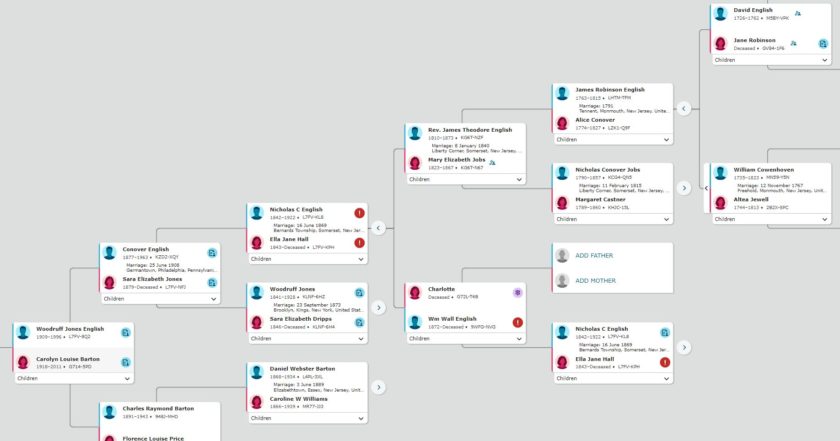
Farm Owners When the French Arrived in 1781
Based on all the genealogy work above, we conclude that when the French marched through what they called Bullion’s Tavern / Annin’s Corner, the hosts were most likely the “Castner Farm family”, Margaret Compton Castner and some of her 10 children, as her husband Peter Castner had passed in 1775.
English Arrives in Liberty Corner
Our first recorded English family member in Liberty Corner is James Theodore English. Born in Englishtown on October 31, 1810, James Theodore English was the son of James Robinson and Alice (Conovor) English. James would grow up in Englishtown as his father was a devoted Presbyterian. James attended the Princeton Theological Seminar (Princeton University), received his degree, and became a reverend.
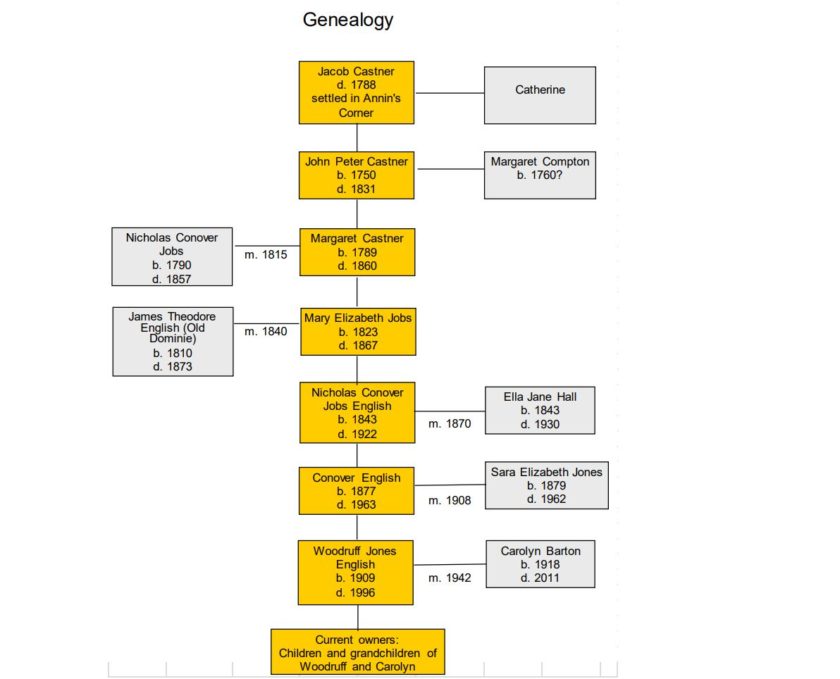
Back in Liberty Corner, on June 10, 1837, twenty-one men and women met to establish the Presbyterian Church of Liberty Corner, a spinoff of the nearby Basking Ridge Presbyterian Church. At the age of 26, James T. English became the first pastor of the Liberty Corner Presbyterian Church and preached his inaugural sermon to the congregation on July 30, 1837. Rev. English was affectionately named āDominieā (teacher) and remained their sole pastor for 36 years.
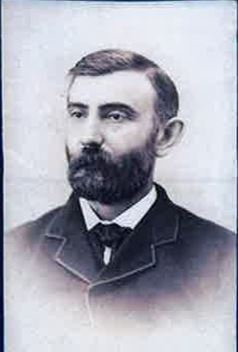
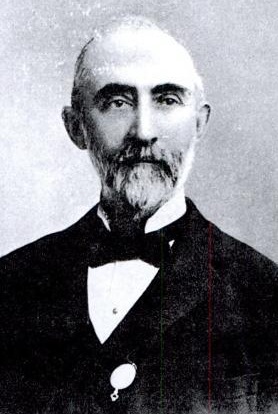
On January 8, 1840, James married Mary Elizabeth Jobs, daughter of Nicholas Jobs and Margaret Castnor Jobs of Liberty Corner. They lived on what then became known as the English farm and had eight children, seven boys and one girl.
The first Liberty Corner Church sanctuary was dedicated on June 8, 1860, so most of English’s sermons were held at the nearby school and gathering house on Lyons Road (see map below). The Reverend passed away on May 17, 1873, at the age of 63. He was the only pastor to have lived and passed in Liberty Corner and was buried in the Liberty Corner Presbyterian Church graveyard with over 20 English family members.
Carol English, the daughter of Woodruff Jones and Carolyn Barton English, is one of the English family members still living in the original farmhouse and is the ninth generation English to be raised on the farm alongside the now-preserved 84 acres. She works to maintain the farm’s day-to-day operations. Carol mentioned that Woodruff J. English, Carol’s father, wrote nine volumes of genealogy to preserve the English family history.
Annin’s Corner (Liberty Corner) Hosts French Troops
In 1780, French King Louis XVI dispatched his General Jean-Baptiste de Rochambeau, along with 450 officers and 5,300 men, to assist Washington and the American forces. The year was 1781, and the war for independence entered its 5th year. Under the leadership of General Rochambeau, the decision was made to march and take the war to the south, confronting the British. Starting their march from their ships in Newport Harbor in Rhode Island, over 4,000 French and 3,000 American soldiers began the march through RI, CT, and NJ on their way south to Yorktown, Virginia. A three-week siege of Yorktown led to Cornwallis’s surrender on October 19, 1781.
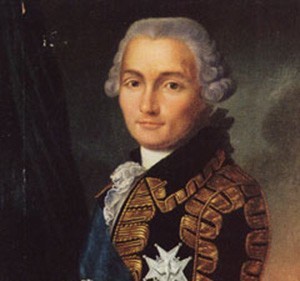
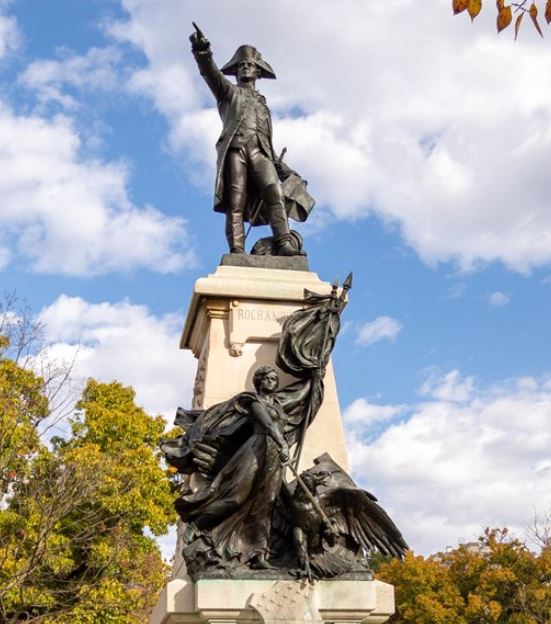
The famous 1781 march through Liberty Corner positioned the English Farm at the center of what is now known as the W3R, or the Washington-Rochambeau National Historic Trail. The French marched into New Jersey via Pompton Plains, Whippany, Morristown, Basking Ridge, and Liberty Corner.
Now, remember that at the time, Liberty Corner was named Bullions Tavern for the famed tavern located on the corner just off the triangle island, where the Exxon gas station is today. A small farming community with fewer than 200 residents would be the unannounced host of thousands of Continental Army soldiers.
1781 March to Bullion’s Tavern and the Stopover at the English Farm
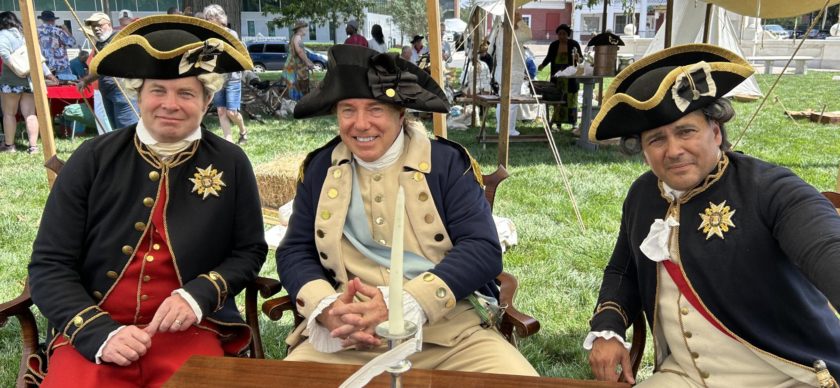
Rochambeau, Chastellux, Fersen, Vauban, and Baron took Washington’s advice on August 28, 1781, and left Whippany at about 4:00 p.m. Bullion’s Tavern was the next stop. They marched around the Morristown Green onto NJ-SR 202. Next, they followed Mount Kemble Avenue (NJ-SR 202) past Jockey Hollow, the 1779/80 Continental Army camp (on their right), to Van Dorn’s Mill. They turned left onto North Maple Avenue, crossed I-287, turned right onto Oak Street toward Basking Ridge, marched through Basking Ridge, and turned left onto Finley Avenue. At the intersection with Lyons Road, they turn right onto Lyons Road to Bullion’s Tavern (Liberty Corner) and their next camp, known today as Camp 22, at the “English Farm” in Liberty Corner.
Note: The Continental Army is encamped on the heights between Springfield and Chatham at the same time. The goal was to meet the French forces in Philadelphia to parade before the Continental Congress.
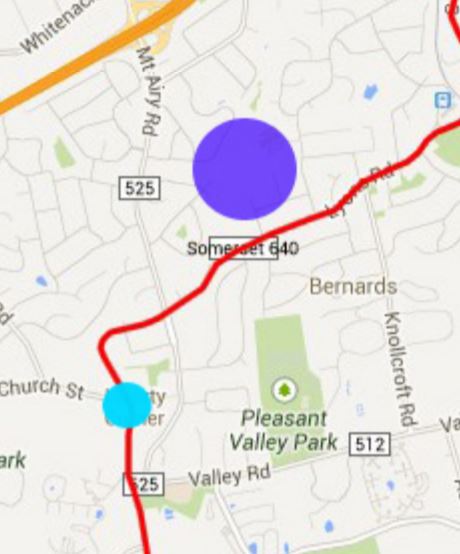
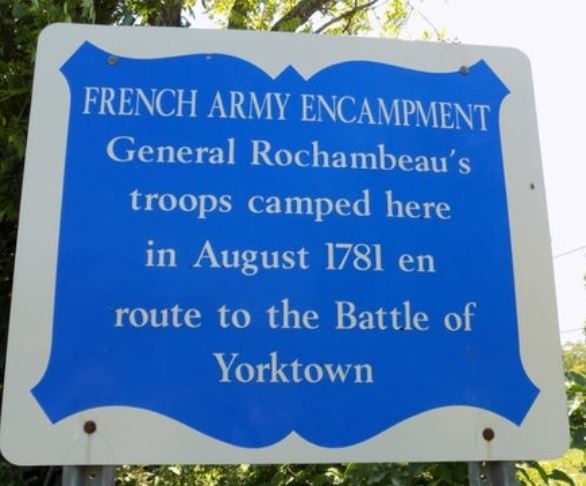
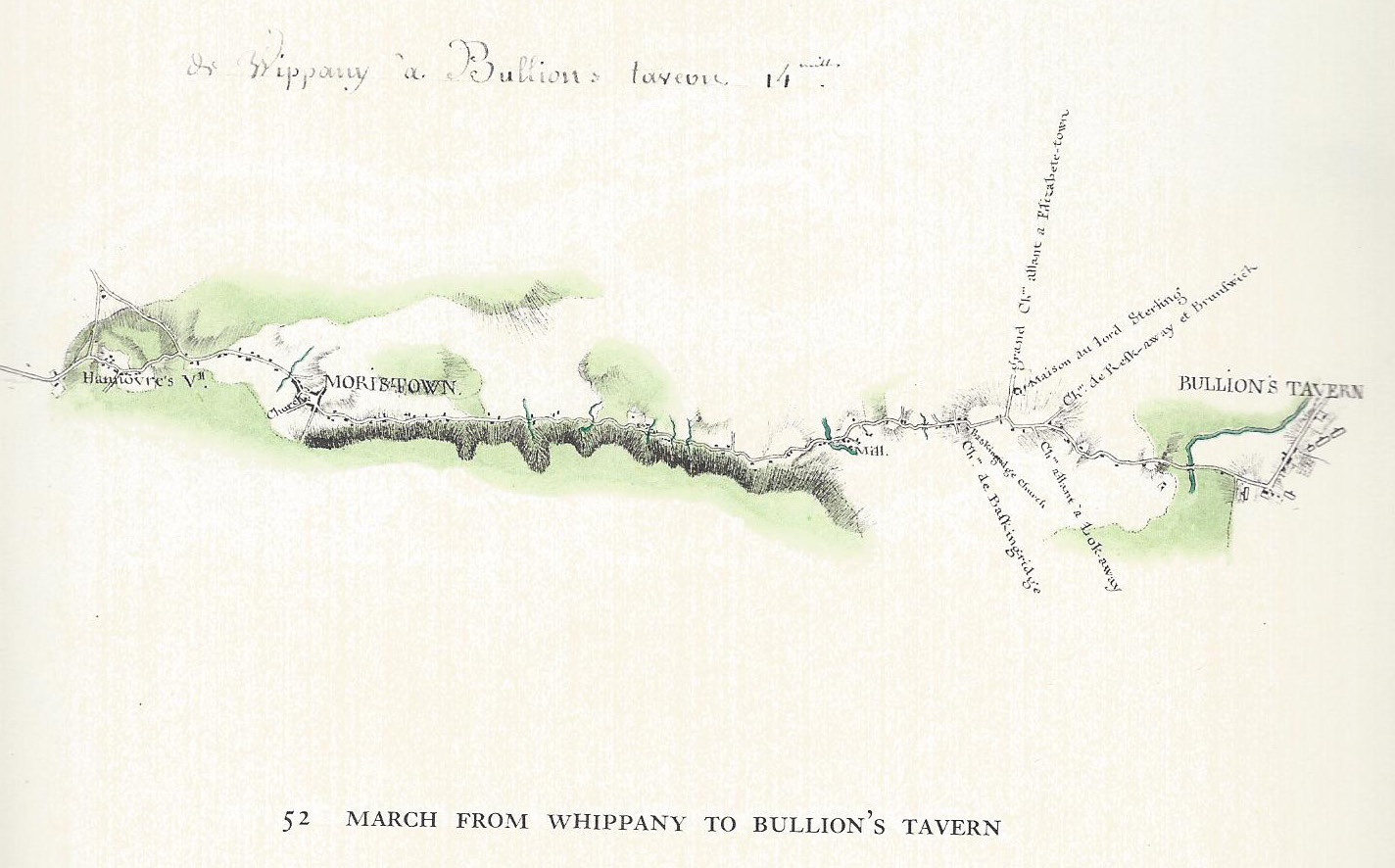
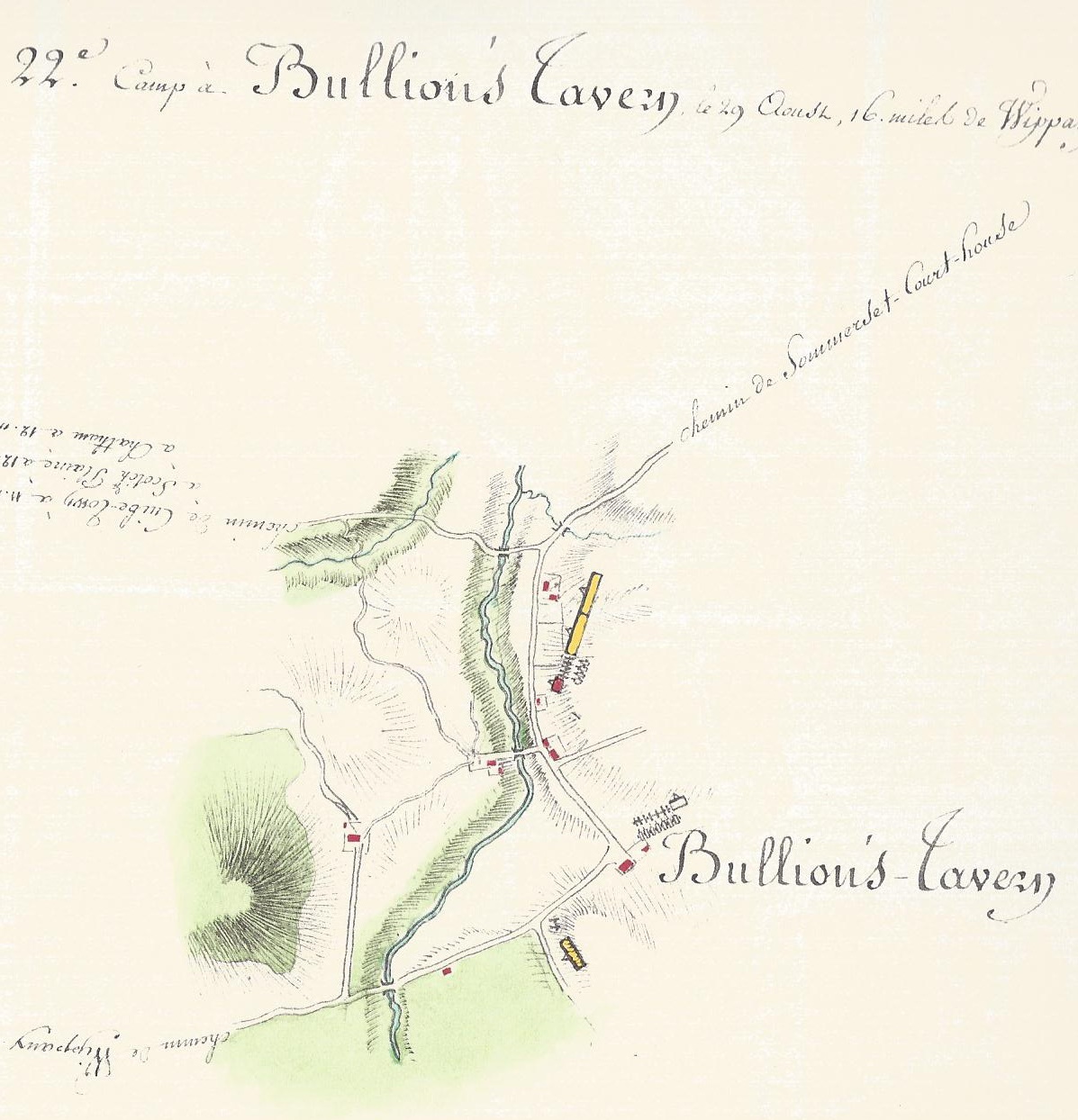
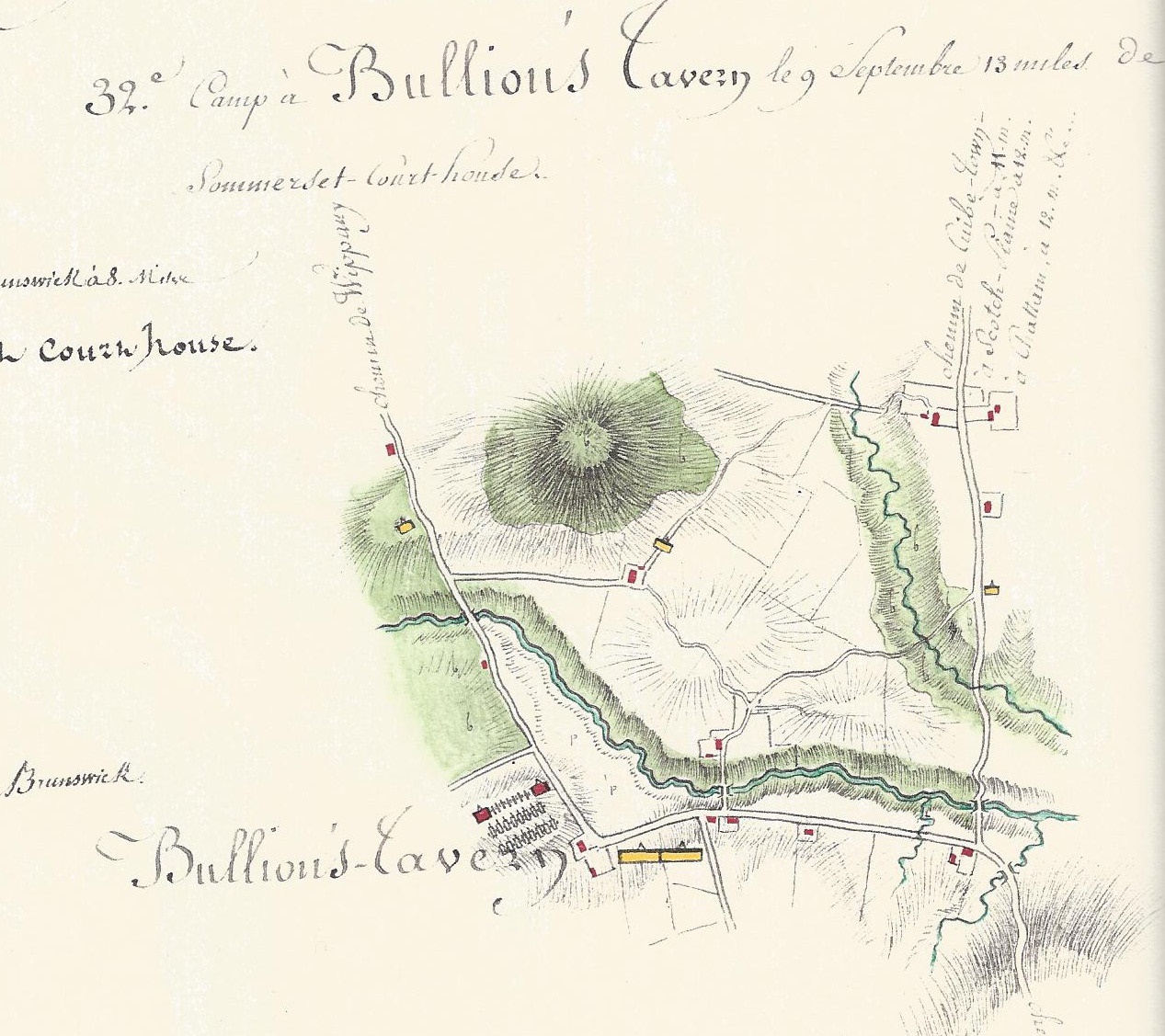
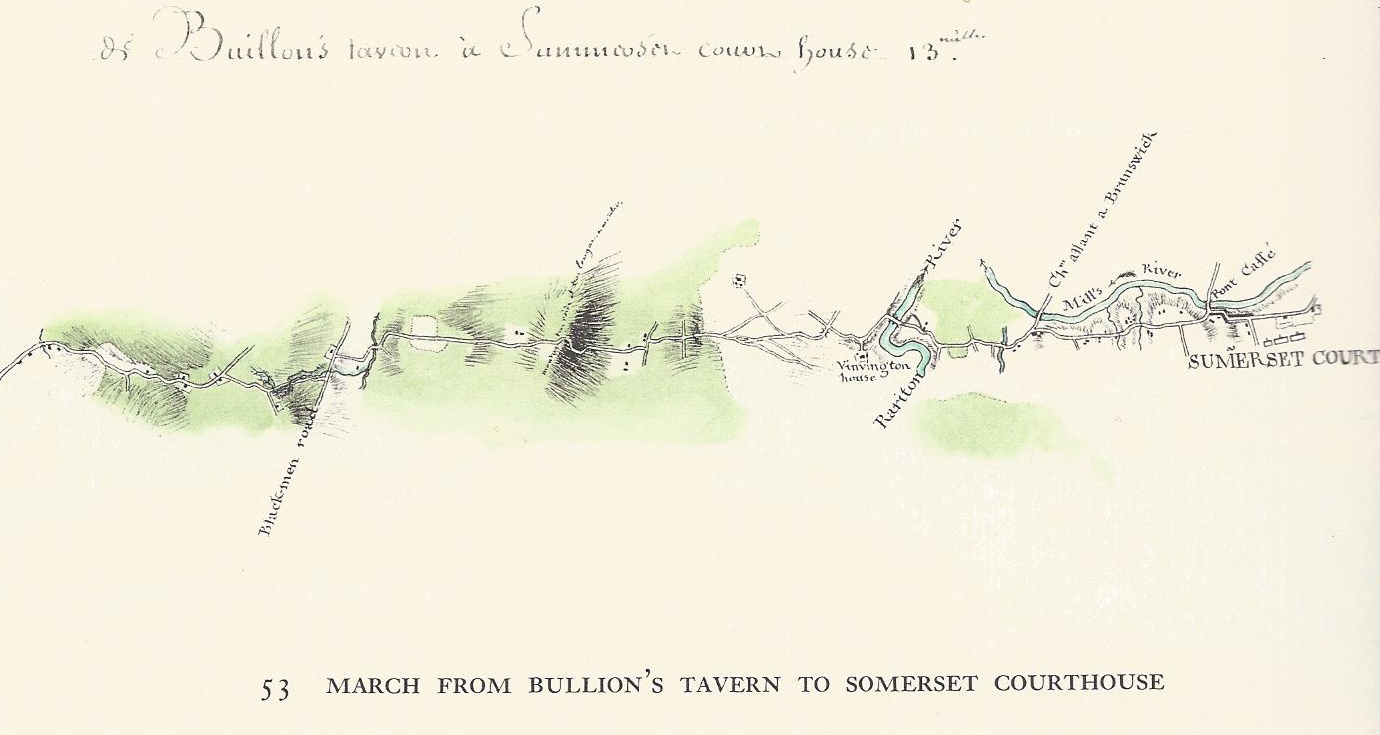
Revolutionary Route was recognized by the National Heritage Act of 2000.
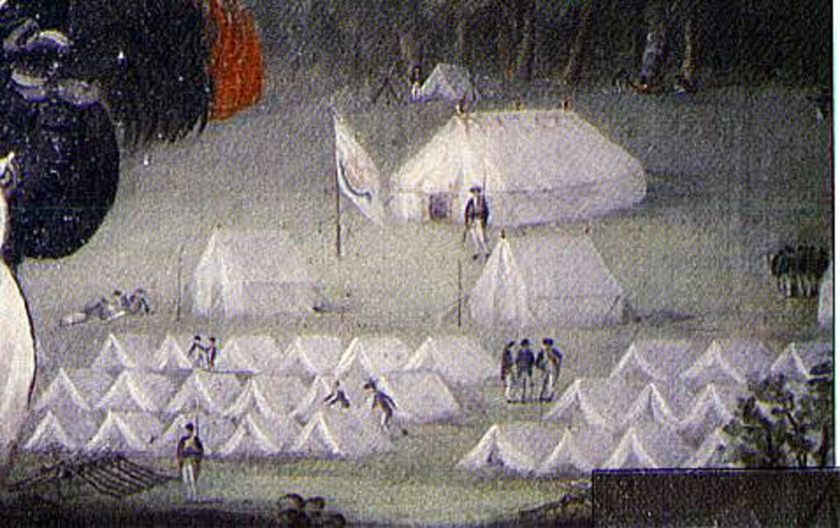
But where would you put over 5,000 French-speaking soldiers in such a small village? It is quite possible that close to 5,000 officers and men, their 2,000 horses, and 700 oxen camped and grazed in Liberty Corner on 28/29 August 1781. The English family hosted many troops and did their best to camp and feed them; the camp overlapped next door with land now owned by the Fellowship Deaconry. Luckily for the village, the troops spent only two days in the town from August 29-30, 1781.
To say the least, the residents of Liberty Corner had mixed emotions as the troops overwhelmed the tiny village. However, unlike the Continental troops, the French forces had the means to spend their money. They would pay locals to bake bread with French flour in their ovens. Over in Chatham, where the Continental troops were, pillaging was more prevalent.
The troops would move on to Bound Brook, Kingston (New Brunswick), Princeton, and Trenton on their way to Philadelphia to connect with the Continental Army. The First Brigade of the French Army later returned to the English Farm on September 9-10, 1782, after their Yorktown victory. Liberty Corner is now part of the official Washington Rochambeau W3R Route.
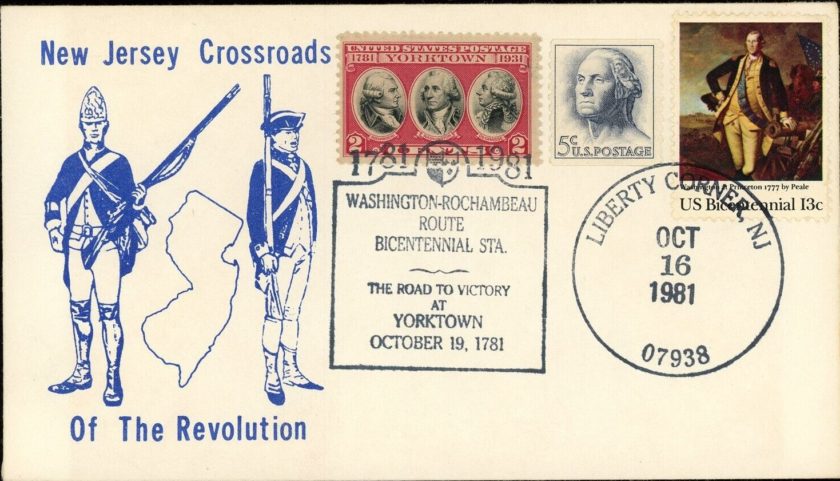
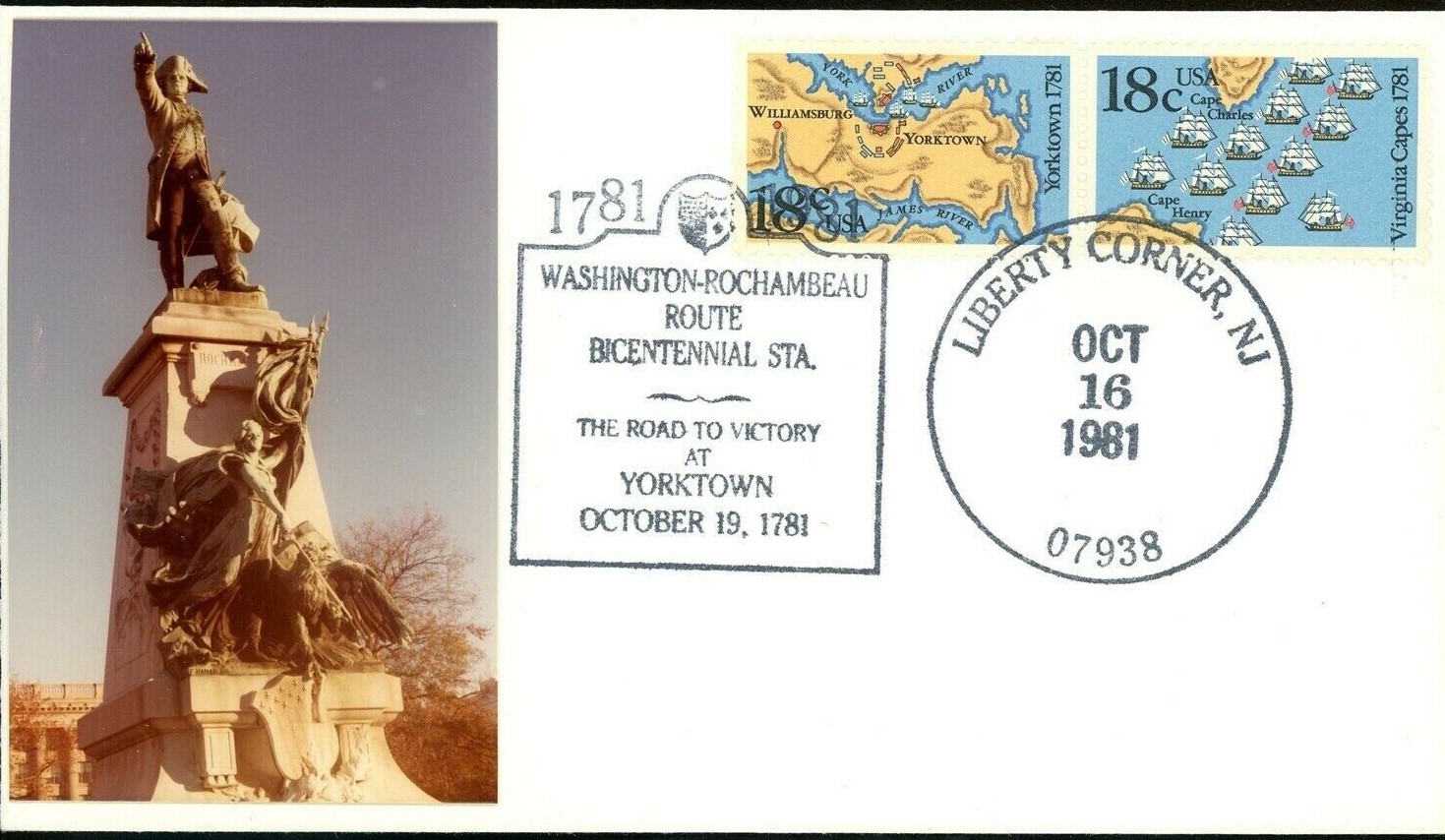
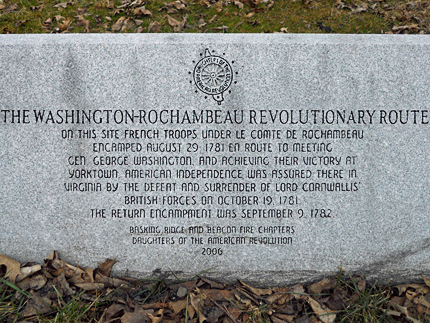
Click images to enlarge.
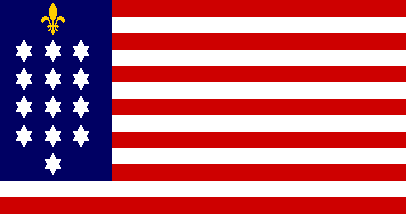
Liberty Corner Development
By 1851, the number of buildings in Liberty Corner had increased by one store, a gristmill and sawmill, a school, and the Presbyterian Church, which was built in 1838. Liberty Corner has always been a quiet rural town. However, as Bernards Township expanded in the 20th century, many farms were sold off, and development ensued. The English family recognized that their farm should never be sold to developers, as it would destroy the community’s ambiance.
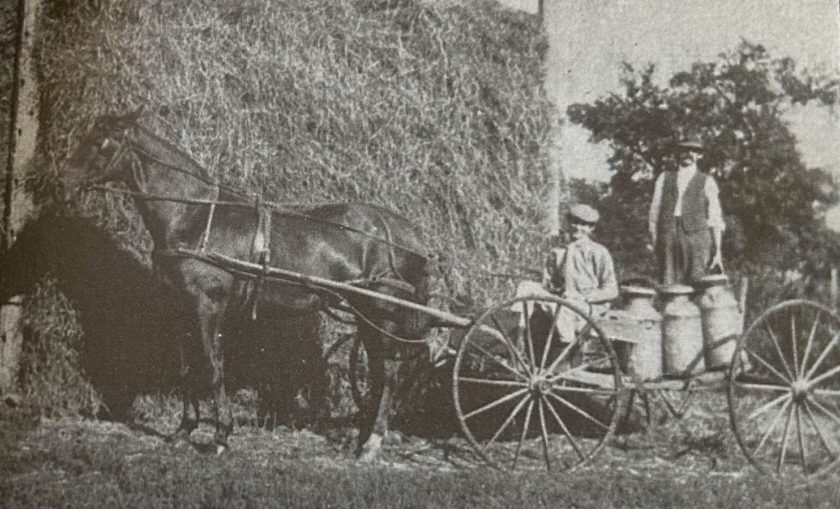
As a direct result of the rail connection, rapid growth and development descended on Basking Ridge and Bernardsville, leaving Liberty Corner a relatively quiet crossroads bypassed by much of the township’s activity. Increasing automobile traffic necessitated the installation of a traffic “blinker” in 1924 at the center of town.
The Liberty Corner Presbyterian Church is the architectural centerpiece of the village and its only remaining important public building since the razing of the Van Lieuw-Allen Hotel, the original Liberty Corner Post Office, and Charlie Acken’s store to make way for undistinguished late twentieth-century commercial buildings. Church records indicate that James P. Goltra (1792-1871), a farmer, judge, and builder, was contracted by the congregation to build the church for $ 8,000 and agreed to complete it within six months, salvaging materials from the old church where possible. Goltra even got a street named after him in town!
Fast forward to 2008, when Bernards Township purchased the development rights to the English Farm to preserve the area forever, comprising approximately 81 acres of land; the area is now protected from future development. According to then-Mayor John Carpenter, the easement purchase rights to the English Farm were acquired for $9.7 million, with 60 percent of the funding coming from the township and 40 percent from Somerset County. The easement legally requires the farm owners to maintain it for agricultural use only, now and in the future. So, the English family is now a steward vs. an owner. The purchase was Bernards Township’s first farmland preservation project that was finally approved on December 23, 2008.

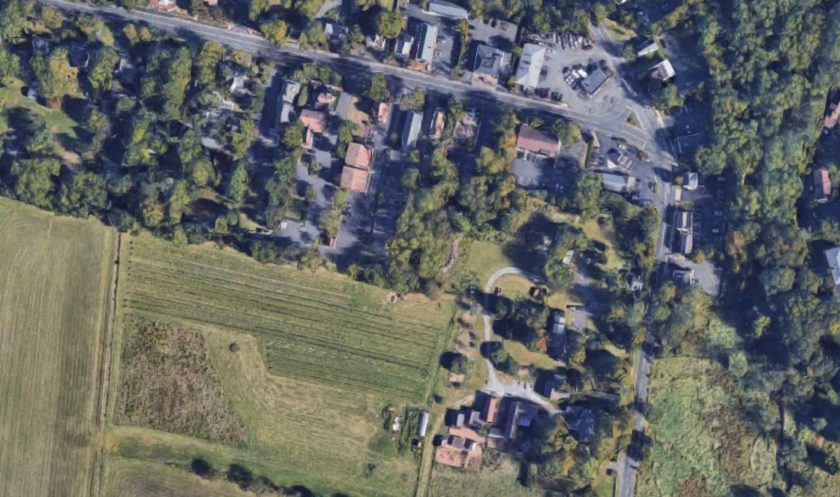
NOTE: That same year, Bernards Township also acquired the Richardt ($3.1m) and, in 2007, the McCollum farms in Bernards Township.
English Farm Today
The English Farm is part of the Liberty Corner Historic District, which was listed in the National Register of Historic Places in 1991. Although it dates back to the eighteenth century, its present-day appearance dates from just after the Civil War. Photographs taken ca.1890 show its roadside aspect almost entirely unchanged in one hundred years.
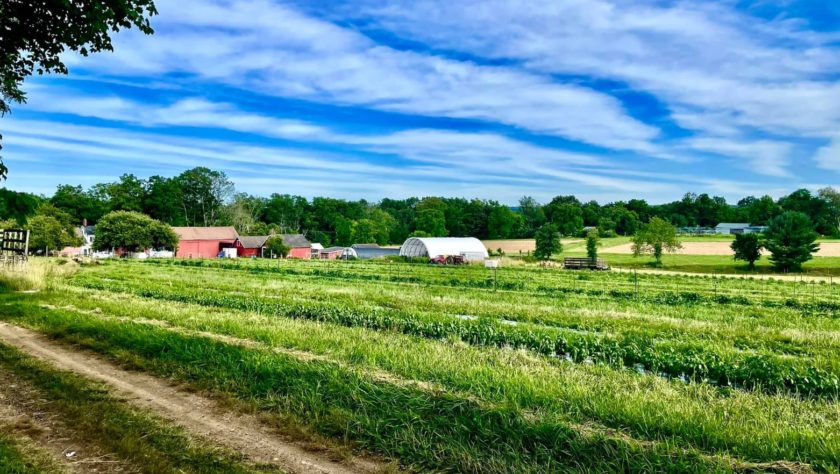
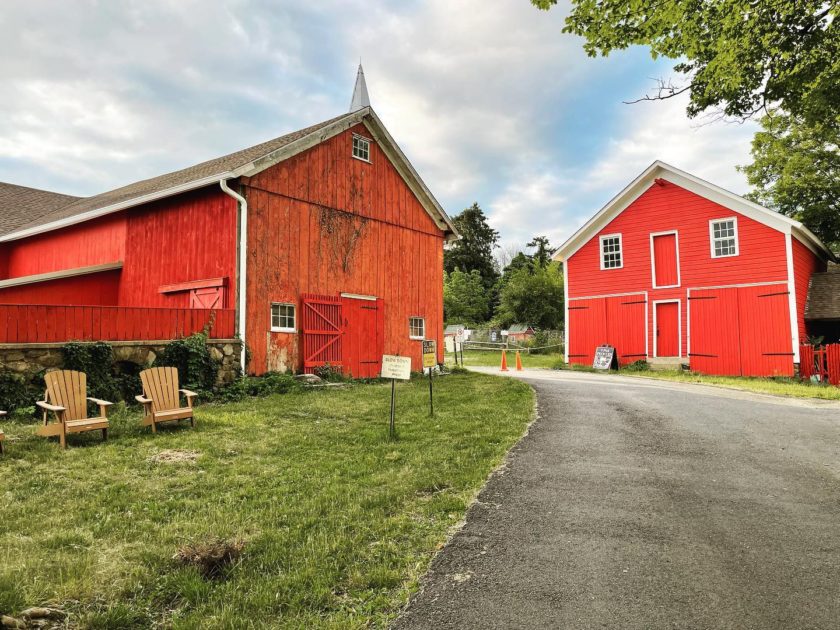
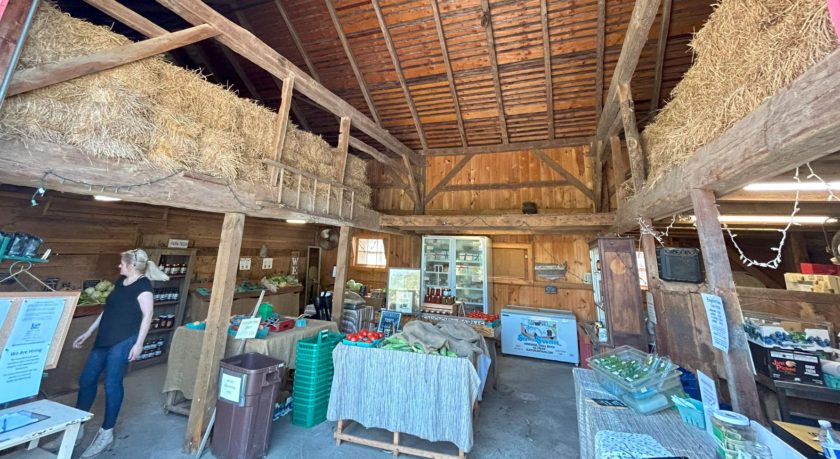

Artists Wanted to Interpret the English Farm’s Local History Moment
The Mr. Local History Project is seeking artists to interpret the art of the English Farm and its 5,000+ French Army guests from 1781. If interested, contact us.
More Related Research
